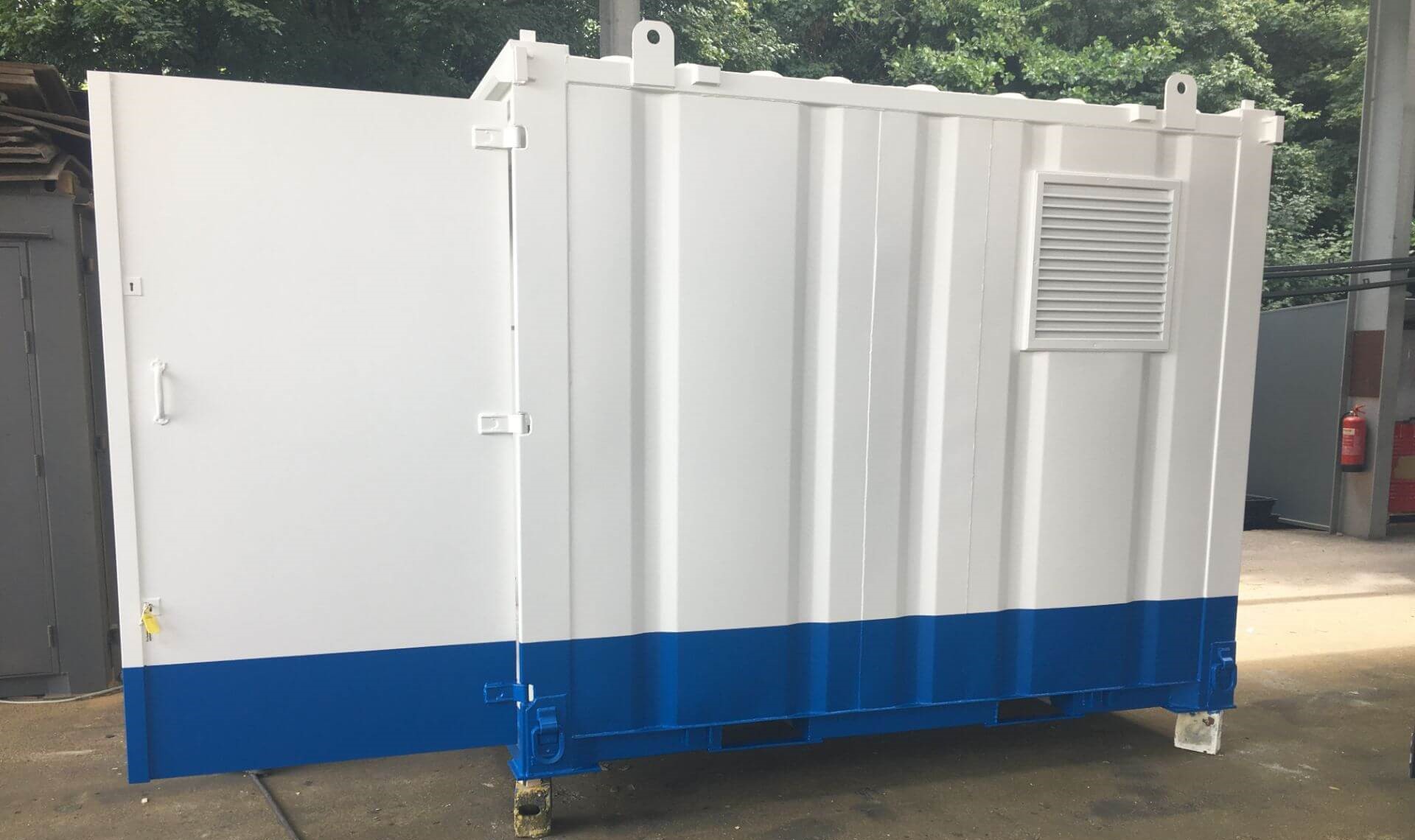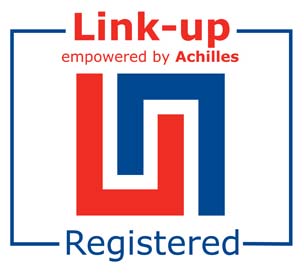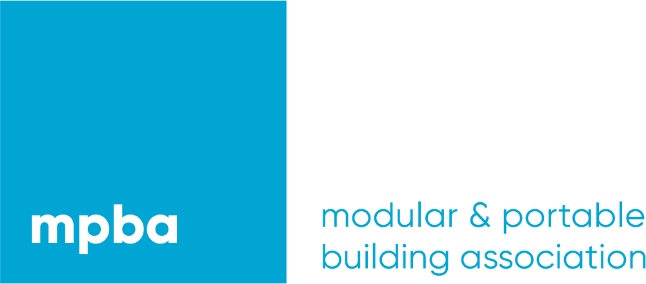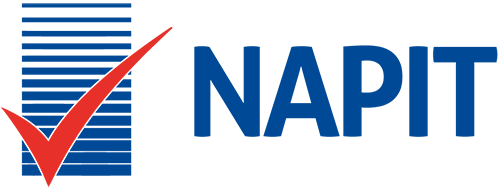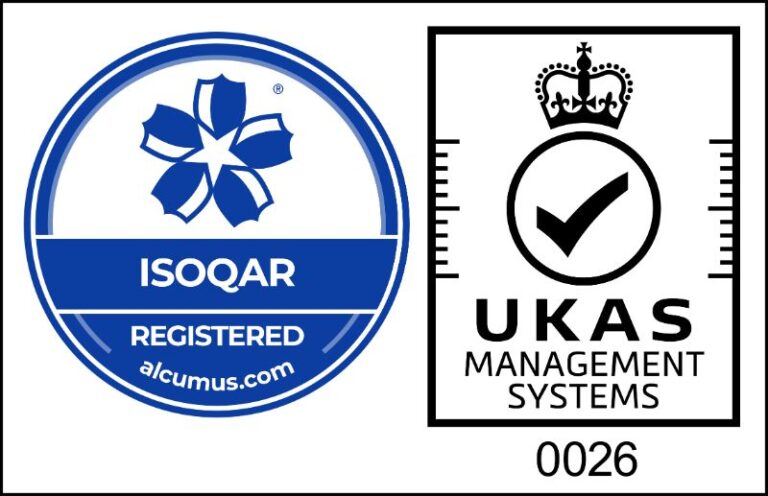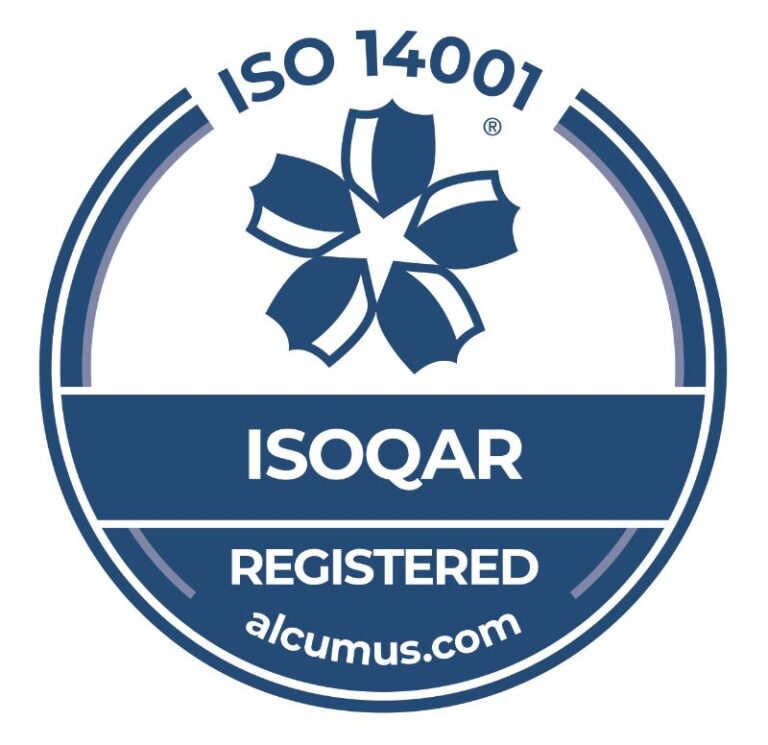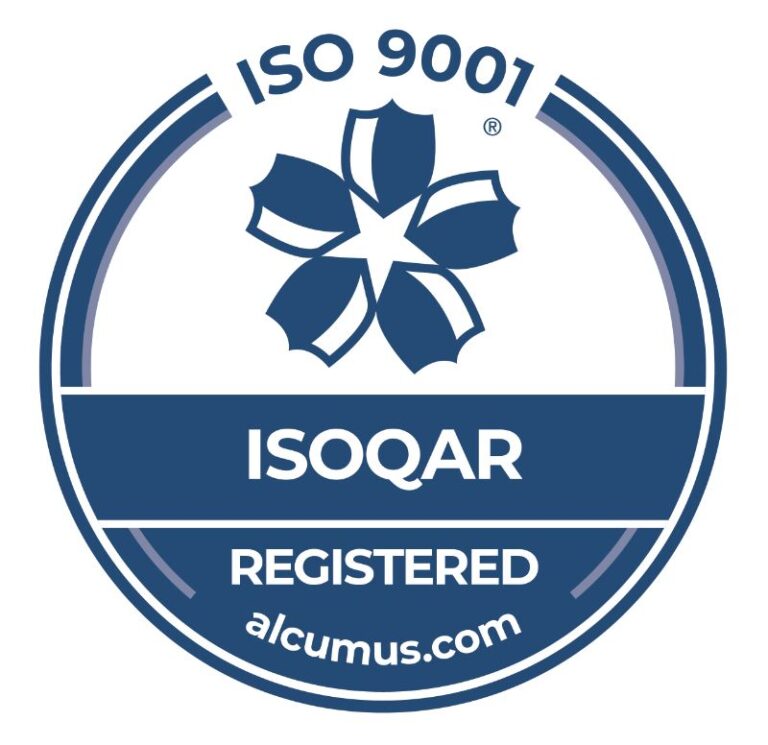
Stackright Managing Director, Antonio Pontiero, said: “As a market leading manufacturer of anti-vandal cabins and modular buildings it was critical that we could offer our clients with the necessary level of certification to ensure the cabins we supply them with meet all relevant clauses of the Joint Code of Practice and HSG168. When the latest edition of the Joint Code of Practice launched our Technical Team were very quick to react and we actively engaged with our clients to ensure they understood the ramifications of the amendments.
As a business we invested heavily in testing to ensure we could offer our clients with build specification options that would meet the updated fire rated unit requirements of clause 13.3, ensuring fire rated cabins supplied by Stackright will remain compliant beyond the 2025 updated testing cutoff. We have also successfully passed the 30-minute REI testing required for our roof/floor configurations and our supporting members to ensure full compliance with the newly added clause 13.6, relating to the use of vertically stacked cabins on site. It gives me great pride that this investment in our successful fire testing programme not only keeps Stackright at the forefront of the anti-vandal accommodation market through innovation and product development, but also enables us to supply our clients with unit specifications that meet the requirements of project insurers in full and most importantly keep their staff and site personnel safe”.

Antonio goes on to say: “Stackright felt it was necessary to create a guidance document to assist our clients to fully understand the clauses relating to the cabin market within the Joint Code of Practice to ensure their exposure to risk was minimised. It clearly lays out the important clauses and details how Stackright can offer a clear path to full compliance”.
For more information on the Joint Code of Practice, the routes to compliance or to review the Stackright JCoP 10.1 guide then please click on the link below.



